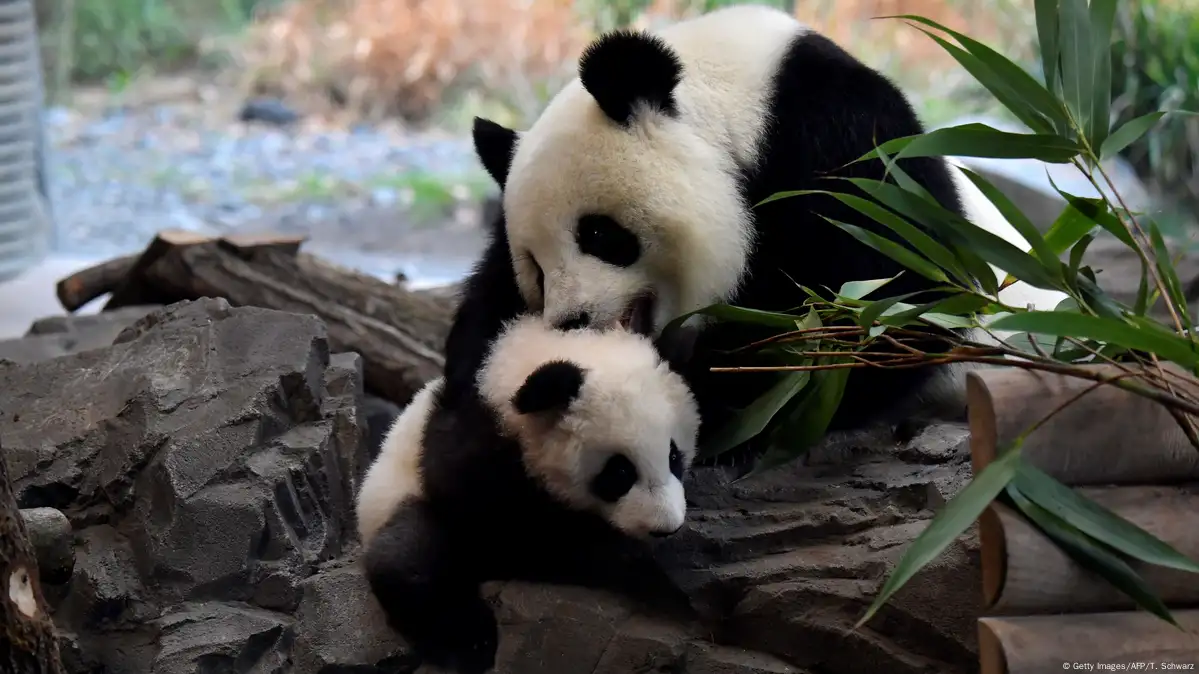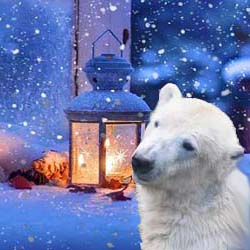On October 3, 2018, the Zoo Duisburg opened its doors to an unforgettable experience for animal lovers. Among the many fascinating creatures at the zoo, one stood out for its overwhelming cuteness—Joey Apari, a young kangaroo residing in the Aussie World exhibit. Visitors were treated to a special moment as they watched Apari hop around, with its little face brimming with innocence and curiosity.
Joey Apari is a symbol of the adorable nature of young kangaroos, and his playful antics delighted guests who were lucky enough to witness his lively behavior. Joeys, the term used for young kangaroos, are known for their hopping and exploring, and Apari was no exception. His interactions with the other animals in the Aussie World added to the charm of the exhibit.
Apari’s presence in Zoo Duisburg’s Aussie World is a major highlight of the zoo’s commitment to showcasing the unique wildlife of Australia. The zoo’s Aussie World is home to a variety of animals native to the land down under, including koalas, wombats, and, of course, kangaroos. Joeys like Apari represent the future of the species, and the zoo plays a significant role in educating the public about kangaroo conservation.
The Tasmania Devils at Zoo Duisburg
Alongside Joey Apari, another remarkable species on display at the zoo is the Tasmania devil. These small but fierce carnivorous marsupials, known for their wild personalities and loud, grunting vocalizations, offer a fascinating look into the biodiversity of Tasmania.
The Tasmania devil is one of the rarest animals in the world, and its presence in Zoo Duisburg is part of an effort to preserve the species, which has been threatened by a deadly contagious cancer known as Devil Facial Tumor Disease (DFTD). The disease has led to a dramatic decline in the devil population, making conservation efforts more critical than ever.
Zoo Duisburg is actively involved in the breeding programs for Tasmania devils, ensuring their survival and long-term conservation. The Tasmania devils at the zoo serve as important ambassadors for the species, helping to raise awareness about the challenges they face in the wild and the importance of protecting their natural habitat.
Apari’s Growing Role in Conservation Awareness
Joey Apari’s role in Zoo Duisburg goes beyond just being a cute face. The zoo uses the opportunity to educate visitors about kangaroo populations and the challenges these animals face in the wild. As a young kangaroo, Apari is an ambassador for his species, embodying the future of conservation efforts for these iconic Australian animals.
The zoo has made it a priority to raise awareness about the importance of preserving kangaroo habitats, as well as ensuring that younger generations of kangaroos like Apari are able to thrive. By showcasing the early stages of a joey’s life, Zoo Duisburg provides its visitors with a deeper understanding of the kangaroo life cycle and the care they need during their early years.
As kangaroos continue to face challenges in the wild, from habitat loss to climate change, educational programs like those offered at Zoo Duisburg become increasingly important. The presence of Apari, along with other kangaroos in the zoo, helps to shed light on the delicate balance that exists between wildlife conservation and human development.
The Conservation of Tasmania Devils
While Joey Apari may steal the hearts of visitors with his adorable demeanor, the Tasmania devils at Zoo Duisburg deserve attention for their incredible resilience. Despite the widespread threat of disease, Tasmania devils continue to fight for survival, and institutions like Zoo Duisburg are playing a crucial role in their conservation.
The zoo’s efforts to breed Tasmania devils in captivity and protect them from disease are vital for the species’ survival. With limited numbers remaining in the wild, these efforts provide a lifeline for the animals, ensuring that they are not lost forever. The Tasmania devils at the zoo are not just part of a display—they represent hope for the species’ future.
Zoo Duisburg’s focus on conservation and education extends far beyond just showing animals. The zoo uses its exhibits, including those of Apari and the Tasmania devils, to create an immersive experience that emphasizes the importance of protecting wildlife. The Tasmania devils, though smaller in size, have a huge impact on the zoo’s mission to safeguard endangered species and educate visitors about the challenges they face in the wild.
How Zoo Duisburg Supports Conservation Efforts
Zoo Duisburg’s dedication to conservation is clear through its comprehensive approach to animal care and environmental education. By offering a platform for both the kangaroos and the Tasmania devils, the zoo highlights the importance of preserving these animals and their habitats for future generations.
In addition to breeding programs, Zoo Duisburg engages in various research initiatives aimed at improving conservation methods for threatened species. For the Tasmania devils, this includes efforts to better understand Devil Facial Tumor Disease and its spread, as well as researching potential ways to combat it. With the zoo’s active involvement in these conservation programs, visitors leave with a greater understanding of how they can contribute to preserving wildlife.
The zoo’s role in educating the public extends beyond just kangaroos and Tasmania devils. Visitors are encouraged to learn about the broader issues affecting wildlife, such as habitat loss, illegal poaching, and the impacts of climate change. The zoo’s exhibits serve as a tool for sparking conversations and inspiring action toward protecting vulnerable species worldwide.
Joey Apari and Tasmania Devils as Symbols of Hope
Ultimately, both Joey Apari and the Tasmania devils at Zoo Duisburg represent more than just rare or cute animals. They embody the ongoing efforts to conserve species that are at risk of disappearing from the wild. As adorable as Joey Apari may be, his story is a reminder of the importance of supporting conservation initiatives that help ensure the survival of such iconic animals.
Through exhibits like the one at Zoo Duisburg, visitors can gain a deeper understanding of the world’s wildlife challenges and the collective responsibility we all share in protecting the planet’s biodiversity.


